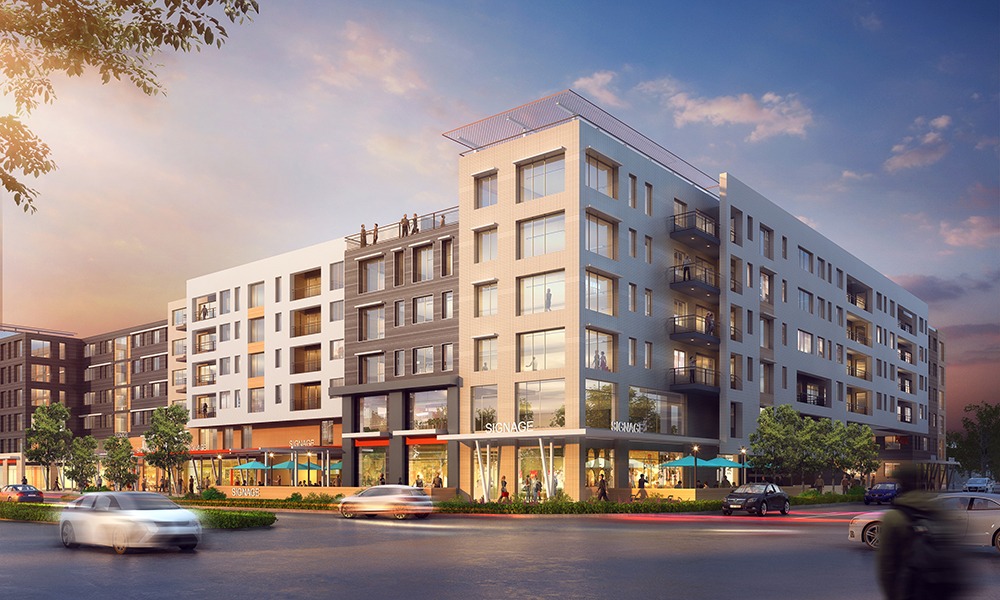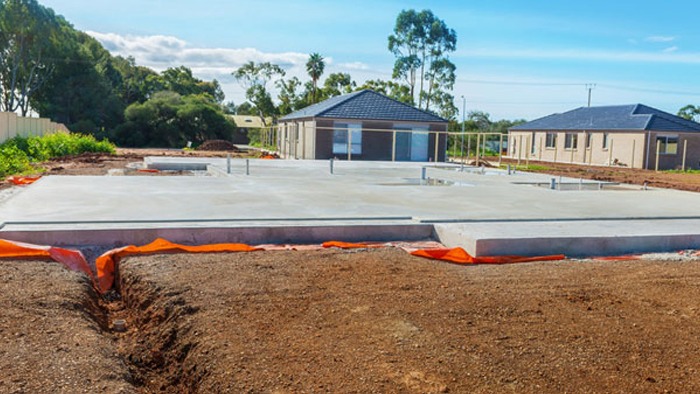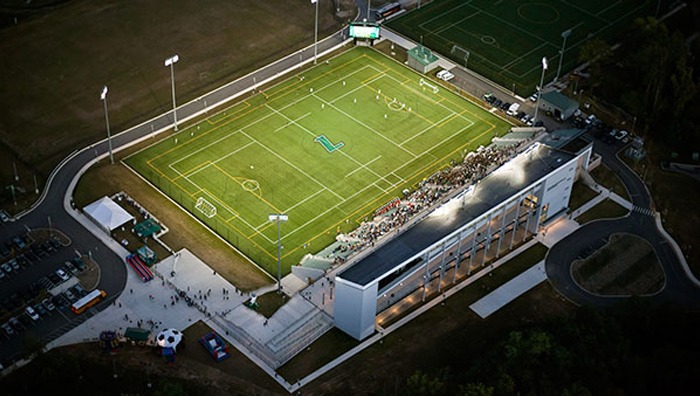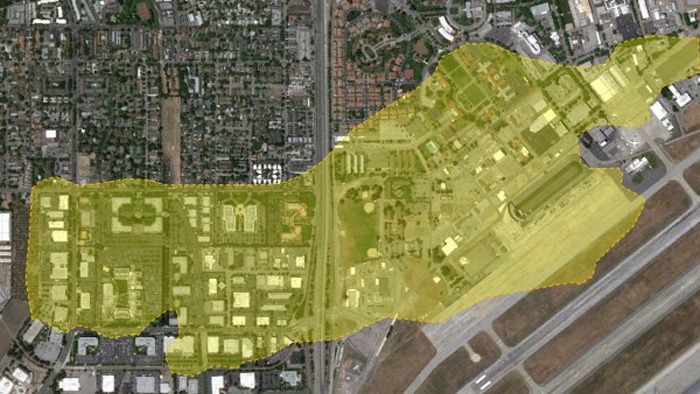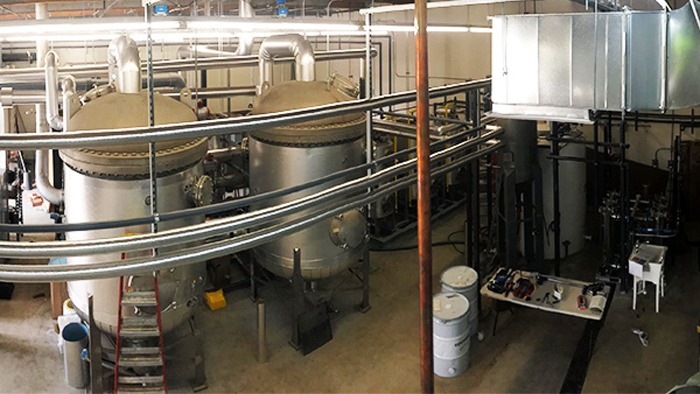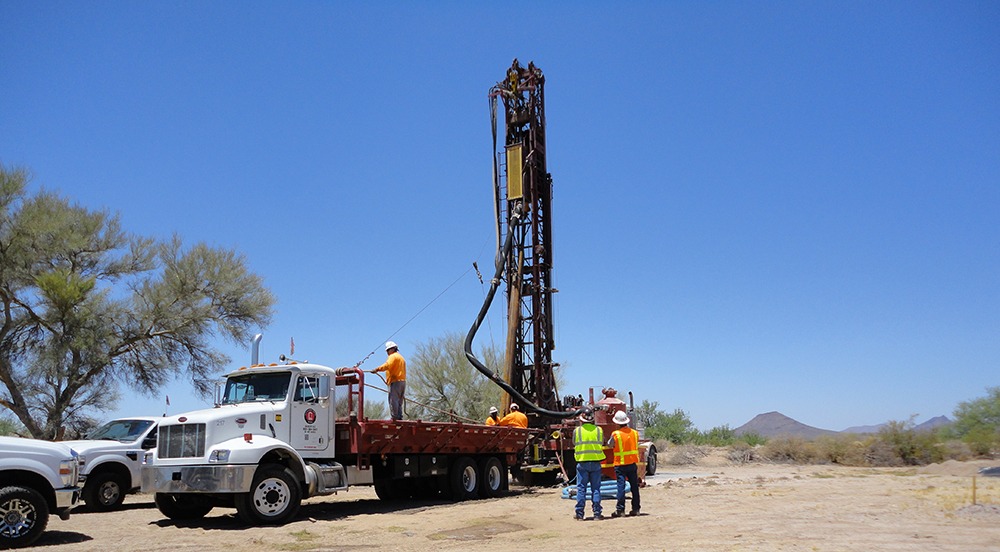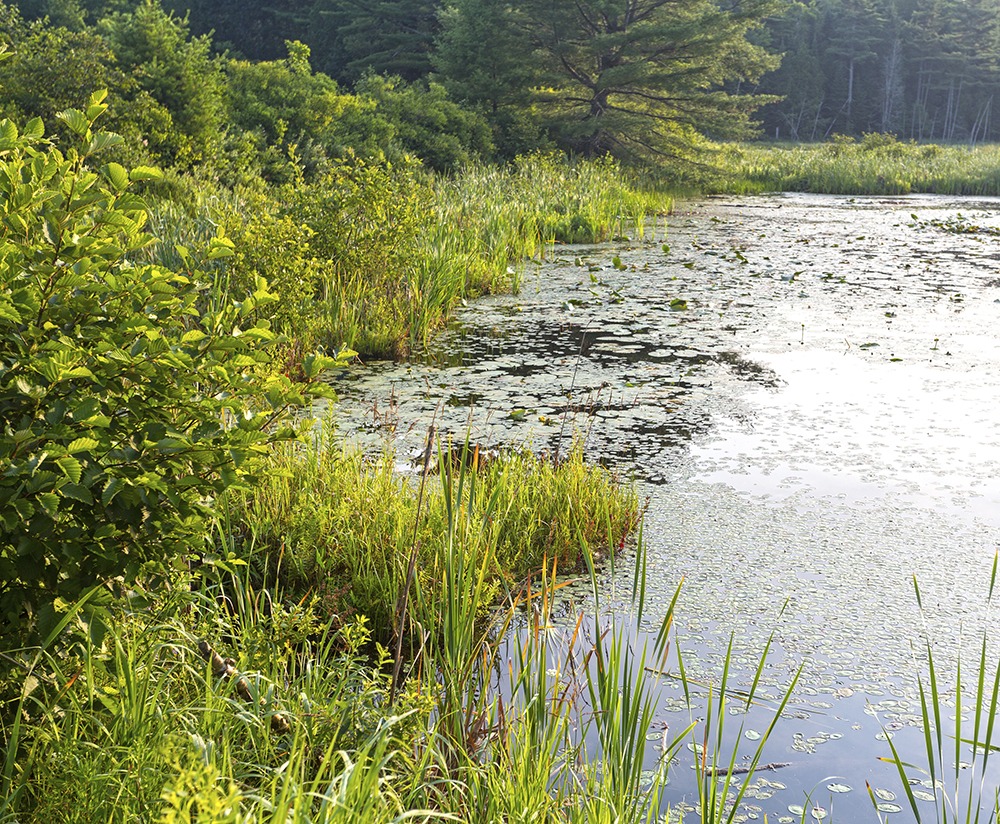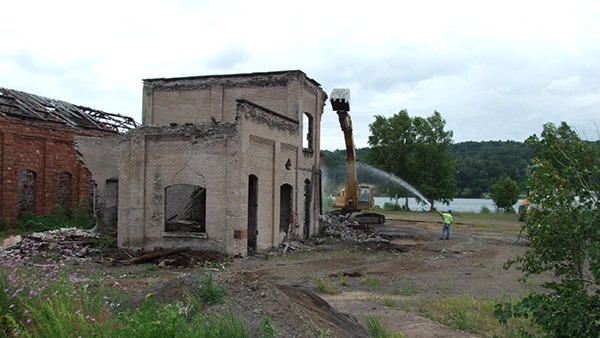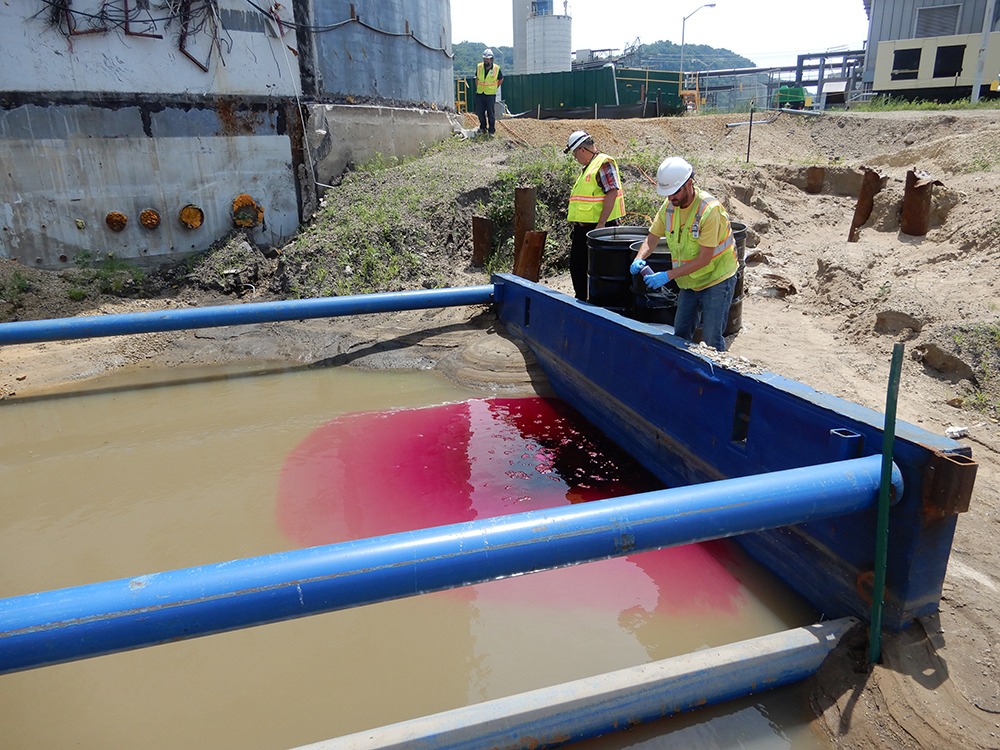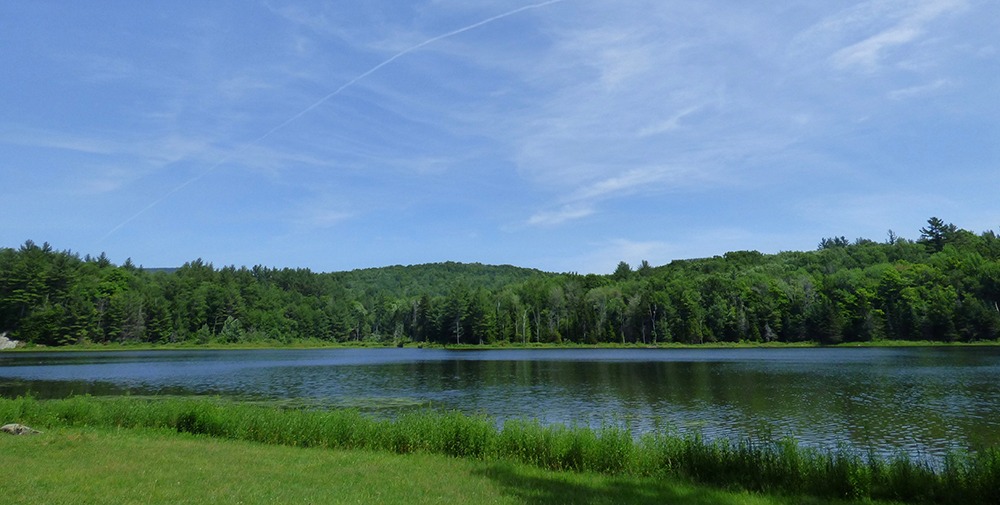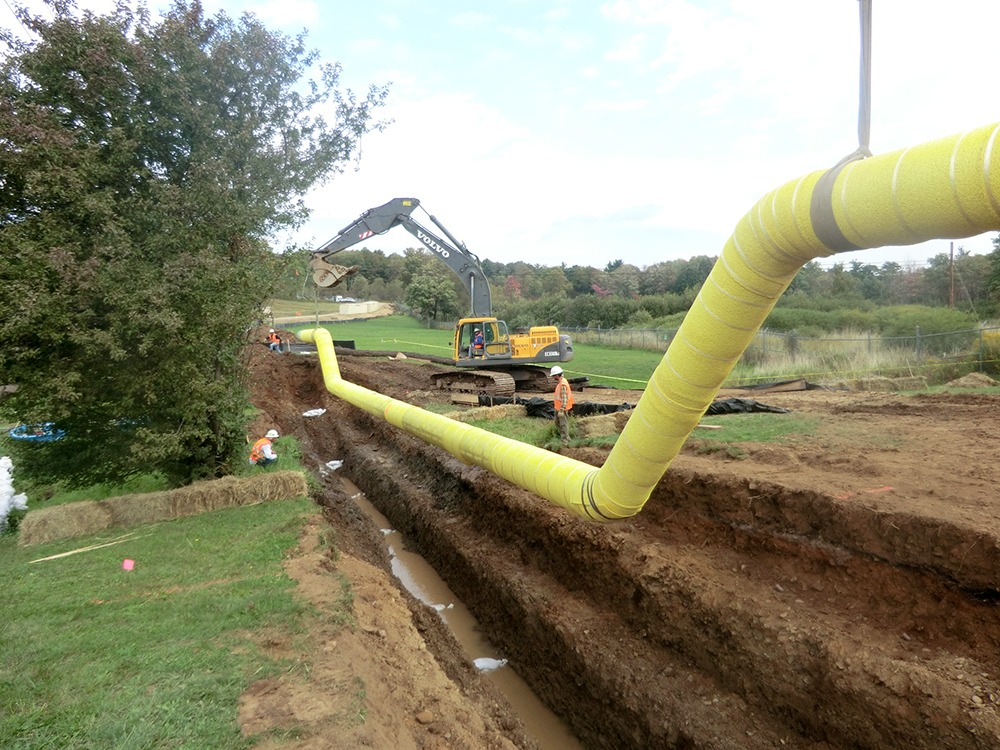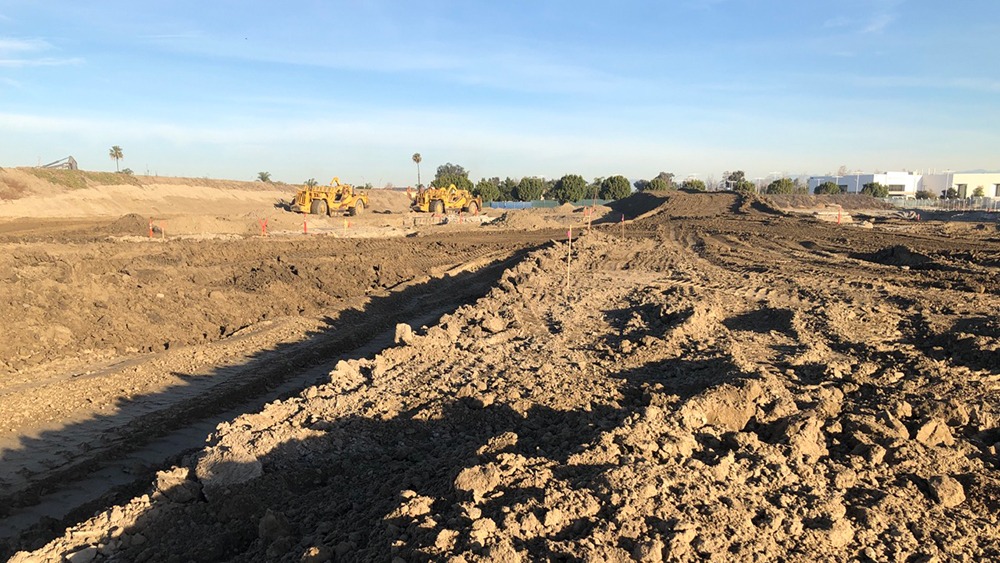
Aerospace
Haley & Aldrich speeds resolution at space research facility, avoiding millions in remediation costs
$6M to $10M
avoided in remediation costs
Up to $100K
reduction in sampling costs
Summary
- As part of the purchase and sale agreement (PSA) for parts of its research facility in California, our client — an aerospace company — had to secure a No Further Action (NFA) letter from the regional water quality control board (RWQCB) within only 18 months. To do so, the company had to address concentrations of chemicals of concern that were above accepted levels for soil vapor and groundwater.
- The company selected Haley & Aldrich to help with this challenge because we are one of its go-to environmental consultants and we could bring both strong relationships with regulators and risk assessment and vapor intrusion expertise to the job.
- We proactively and frequently communicated with regulators to implement an innovative and rigorously technical process for assessing the nature and extent of the issue. Our approach reduced the sampling timeline, secured regulatory approval to use less-conservative attenuation factors, and ultimately saved the client time and money.
- We also developed a site-specific interactive data visualization and statistical evaluation tool to graphically present complex data and efficiently evaluate trends, which the regulators appreciated for being both transparent and clear.
- The client beat the tight deadline, received a fair market price for the property, and retained no liability for soil and soil vapor. Today, the new owner is redeveloping the property into a robust commercial facility.
Client challenge
Our aerospace client was in the process of divesting parcels of an active space research facility in California. Through a purchase and sale agreement, our client had committed to the property buyer that it would deliver the property in ready-to-develop condition with an NFA letter from the RWQCB within an aggressive 18-month period. If the company could not receive an NFA in time, it would have to lease back the property from the new owner until it could remediate the property, leading to additional expenses for both leasing and remediation.
While soil was not impacted, concentrations of chemicals of concern were above regulatory screening levels for soil vapor and above maximum contaminant levels (MCLs) for groundwater. This required additional assessment, beyond the initial due diligence, of many environmental features that could be source areas.
Pervasive concentrations of perchloroethylene (PCE), trichloroethylene (TCE), chloroform, and Freon 113 in soil vapor across the property presented unique challenges for achieving delineation and assessing plume stability. Vapor intrusion concerns triggered the regulatory request for delineation to non-detect levels. Regulators also wanted to understand plume stability (i.e., that concentrations were not increasing), which would require assessing trends over multiple large sampling events.
Adding to the challenge was the lack of consensus across regulatory bodies around applicability of various attenuation factors (AFs) in California. If the client had been forced to use the most conservative 0.03 AF, remediation could have cost between $6 million and $10 million.
The aerospace firm selected Haley & Aldrich for this project due to our partnership as one of the company’s go-to environmental consultants for remediation, our strong relationships with regulators, and our expertise in both risk assessment and vapor intrusion.
Our approach
To obtain an NFA letter for our client within this tight time frame, we engaged in a process of proactive, frequent communication supported by up-to-date fate and transport considerations. The regulators initially believed it was necessary to delineate all concentrations to non-detect levels.
For the delineation of soil vapor, instead of achieving non-detect levels, we worked closely with the regulators to establish target delineation criteria (TDC) for selected chemicals of concern, based on conservative health-protective screening criteria and the incorporation of safety factors to ensure sufficient data for the multimedia cumulative risk assessment. The RWQCB agreed with this approach and reduced the areas that required further assessment and the number of soil vapor probes required to achieve delineation. This also sped up the process while saving our client money.
By supporting an alternative AF and using a multiple lines of evidence approach, our team completed an initial human health risk assessment (HHRA), demonstrating that risk thresholds for future employees were not exceeded. The HHRA was updated as additional sample data was obtained, further supporting the previous HHRA conclusions. The PSA addressed regulatory agency concerns by requiring passive soil vapor barriers beneath the future building as well as over-excavation and soil monitoring prior to site development.
To address plume stability, we established multi-tiered sample frequency criteria (SFC) to eliminate the resampling of many probes with low or non-detect concentrations. The RWQCB also agreed to a condensed nine-month schedule, supported by climatic data, for seasonal sampling of select probes. This expedited the timeline by three months from the original regulatory request and helped our client meet the PSA deadline.
We developed a site-specific interactive data visualization and statistical evaluation tool to graphically present a large amount of complex data and efficiently evaluate quantitative and qualitative trends in the soil vapor data. This helped the regulators focus on the key metrics, saving them time and effort and giving them confidence that soil vapor concentrations would not rise above the risk-based thresholds. They appreciated both our transparency and our ability to present the data clearly.
We also negotiated a clear process up front with the regulators and provided them with the materials they needed to present to RWQCB management, expediting the NFA determination for all media (soil vapor, soil, and groundwater) by six months.
Ultimately, the client met the PSA’s tight deadline, received a fair market price for the property, and retained no liability for soil and soil vapor. Today, our client has abandoned all soil vapor probes and monitoring wells, and the new owner is redeveloping the property into a robust commercial facility that will create many jobs for the local community.
Value delivered
- Avoided $6 to $10 million in remediation costs
- Reduced sampling costs by up to $100k
- Expedited timeline to meet PSA deadline and avoid leasing the property back
- Implemented an innovative and highly technical — but also clear — process for assessment of soil vapor in Southern California
- Utilized a well-established live risk assessment approach and received approval for use of less-conservative AFs under regulatory scrutiny by the RWQCB
- Developed a site-specific interactive data visualization and statistical evaluation tool that we can easily modify and leverage for other projects
For more information, contact:

Principal Consultant

Principal Consultant

Technical Expert, Hydrogeology

